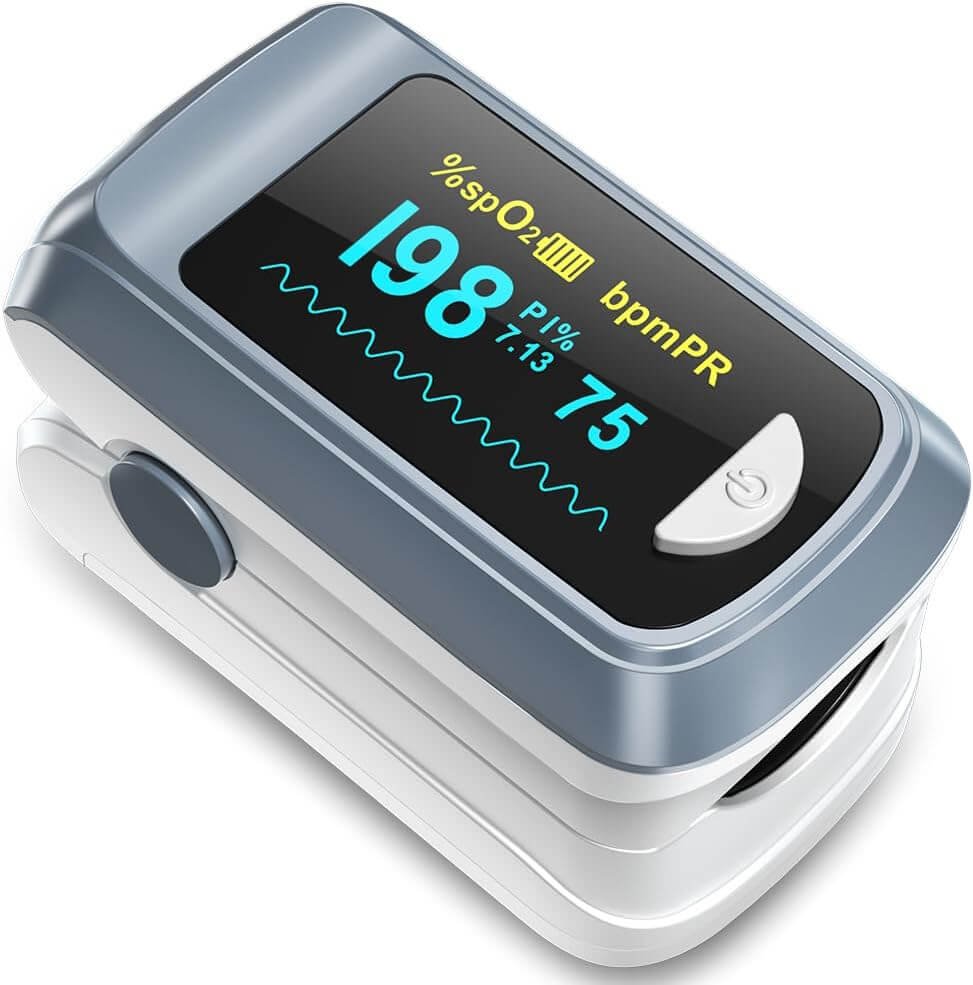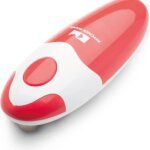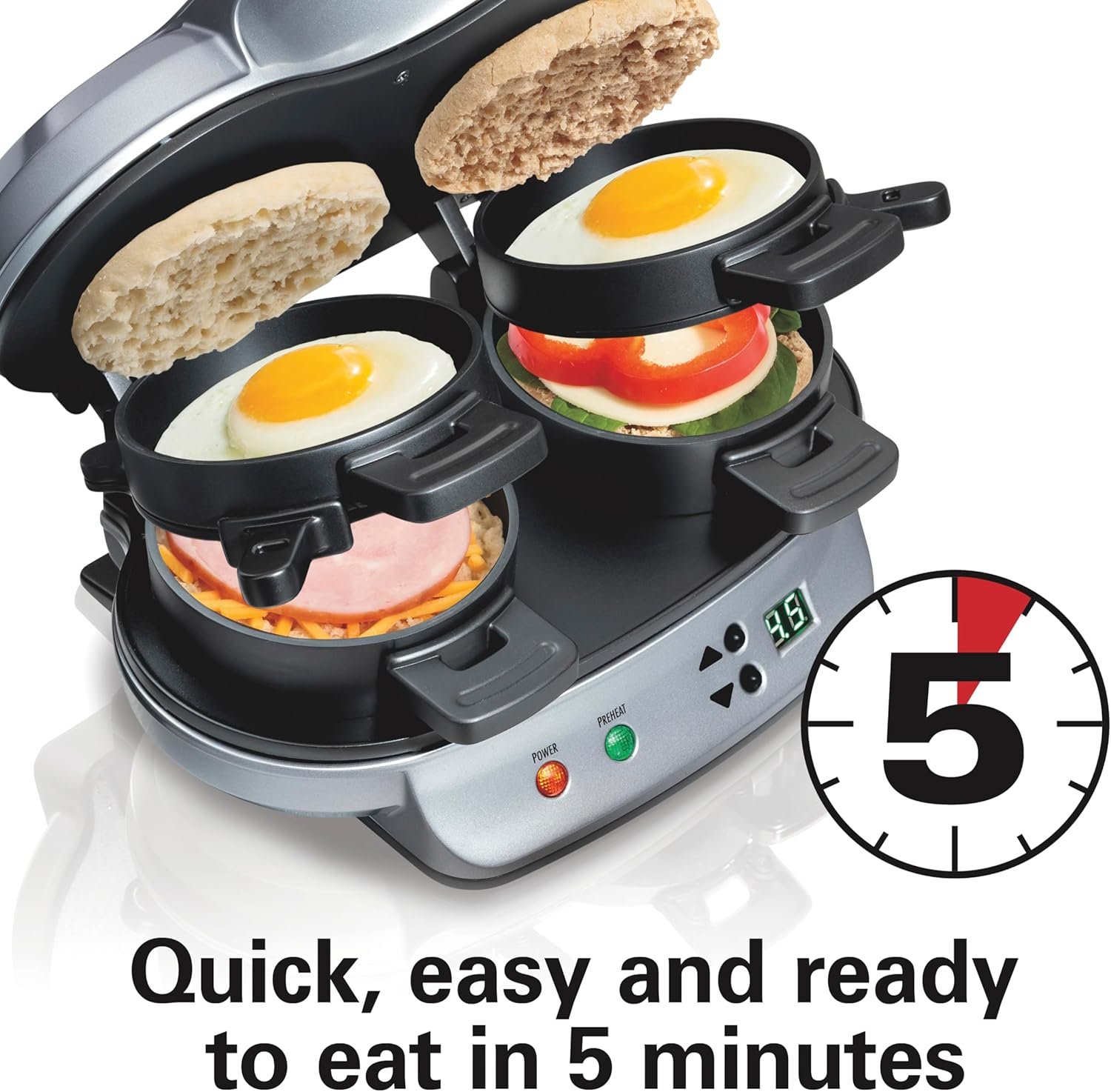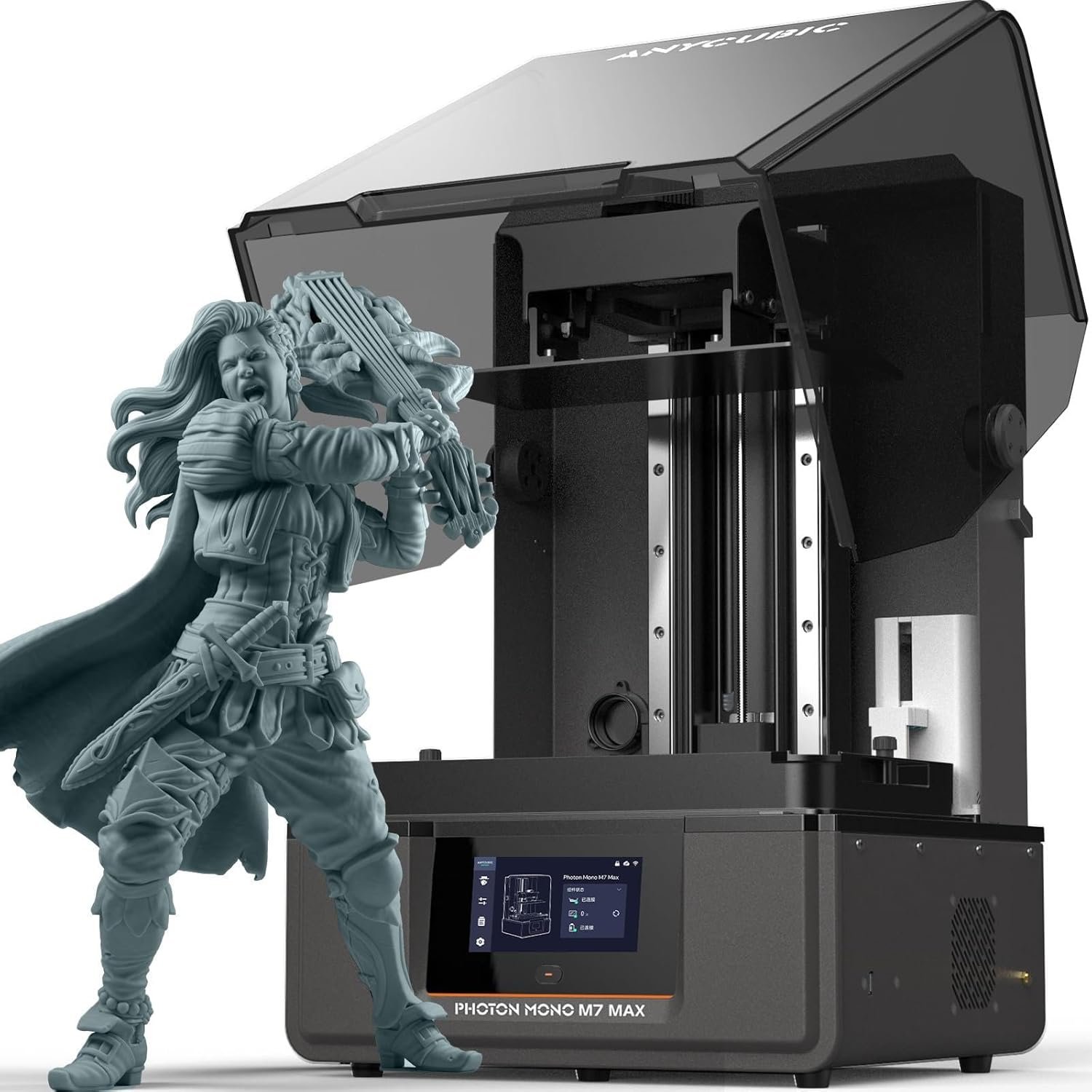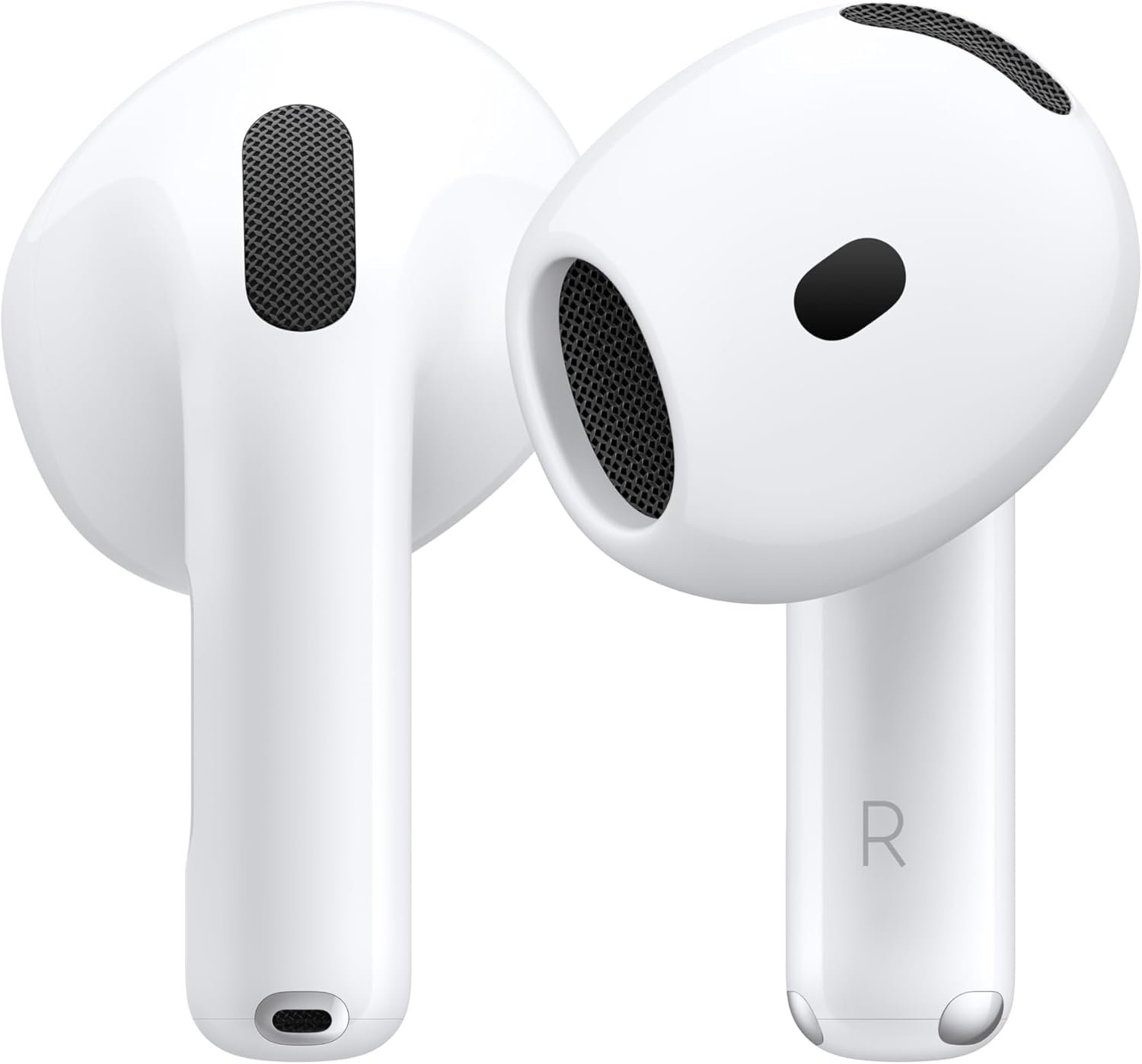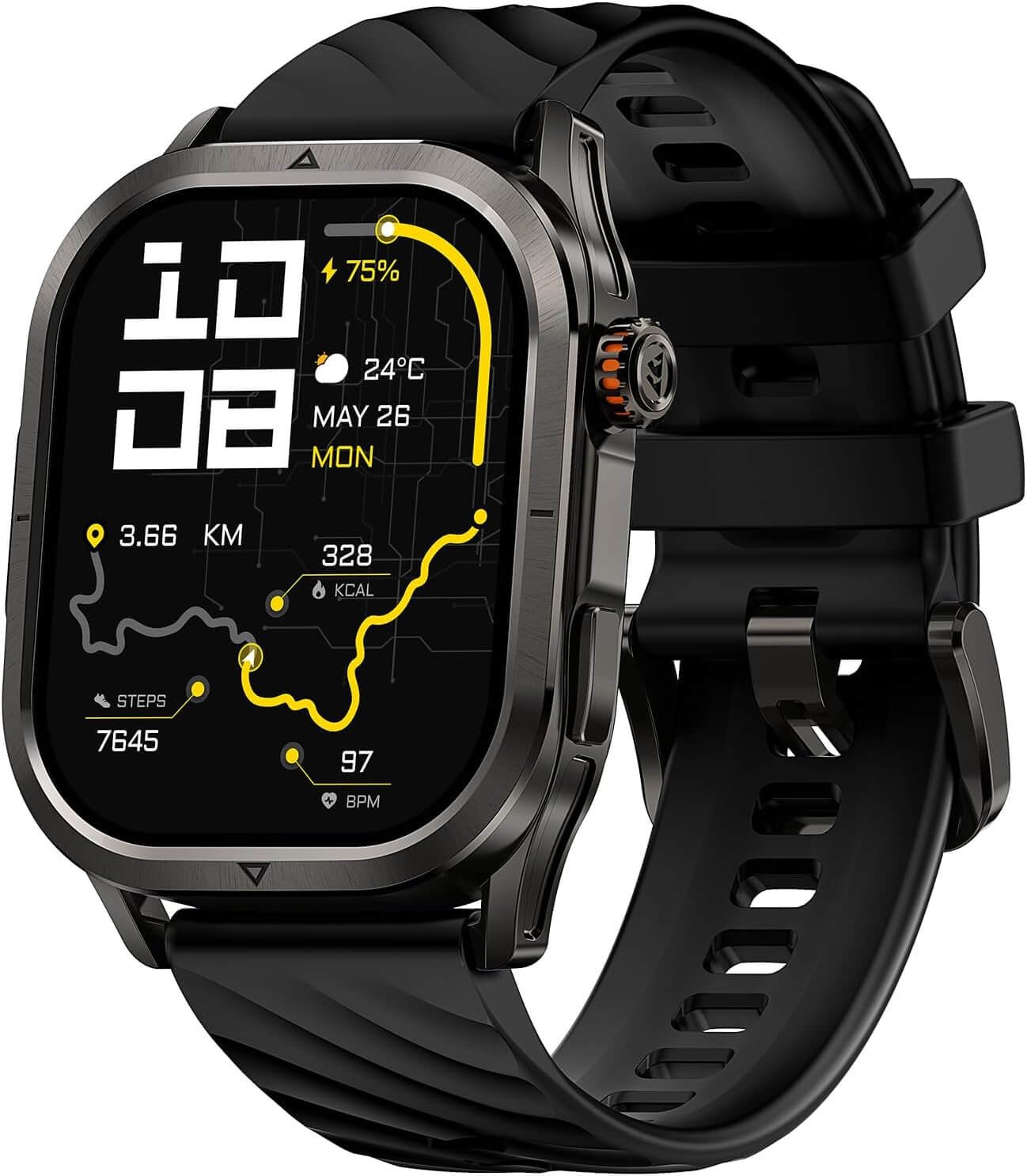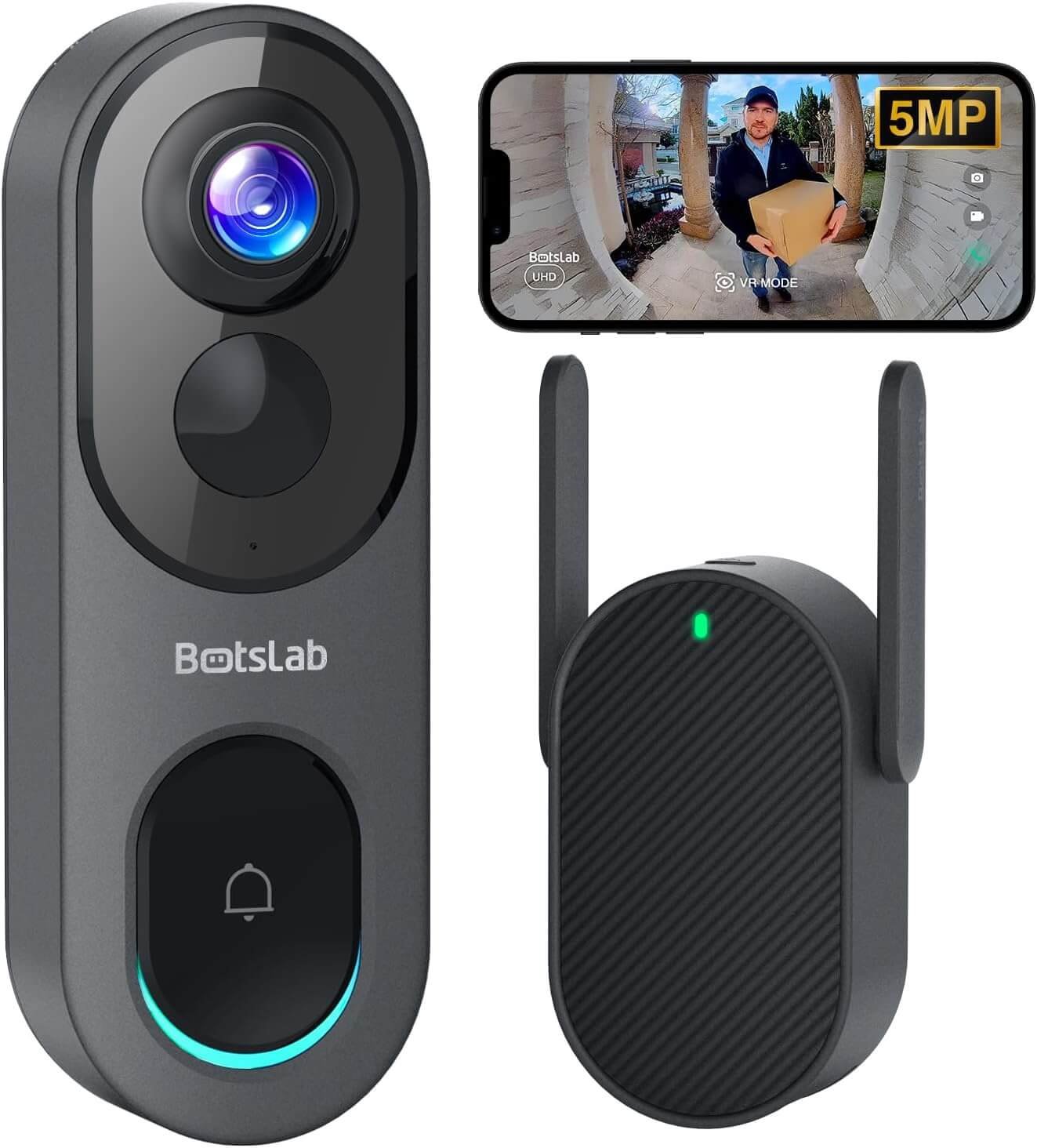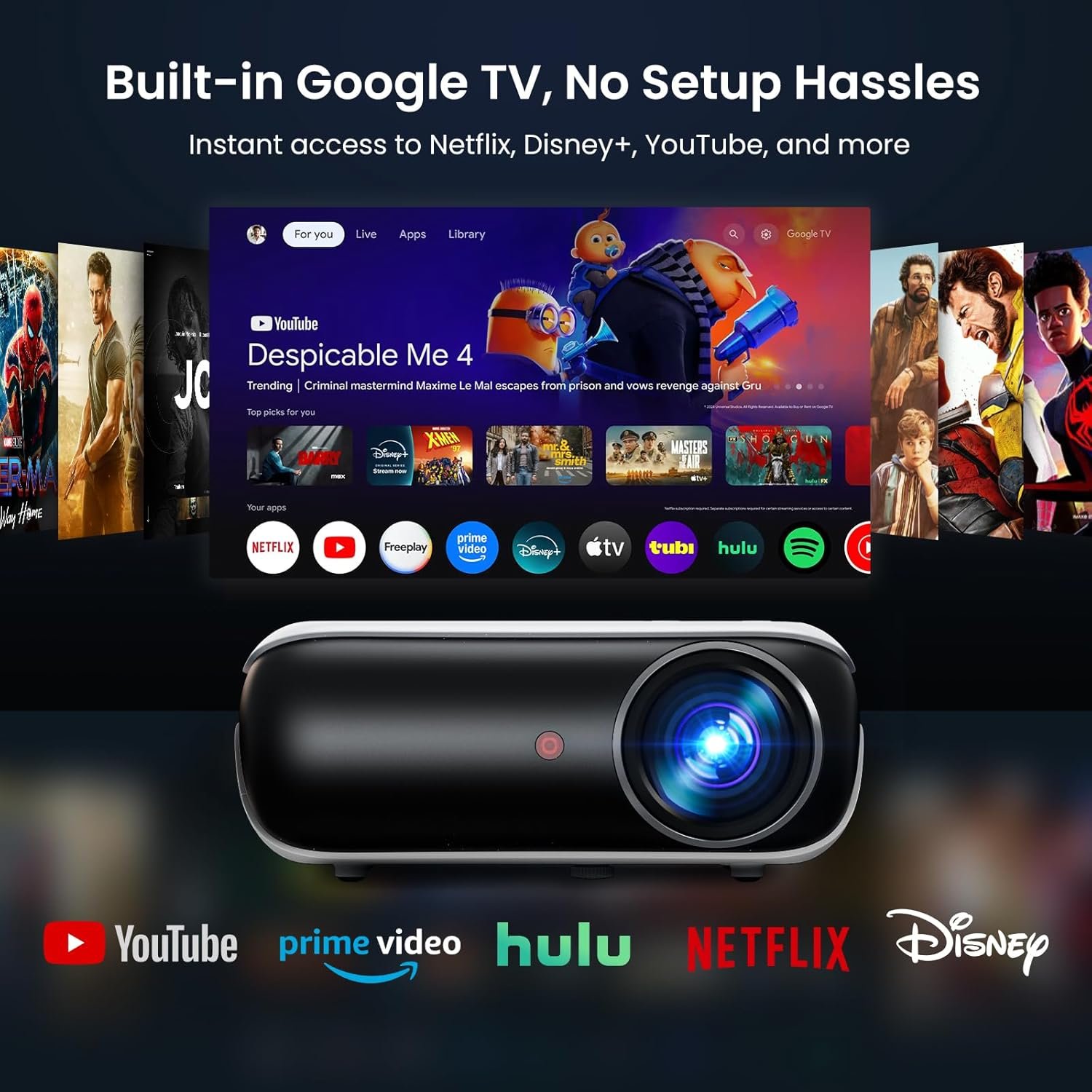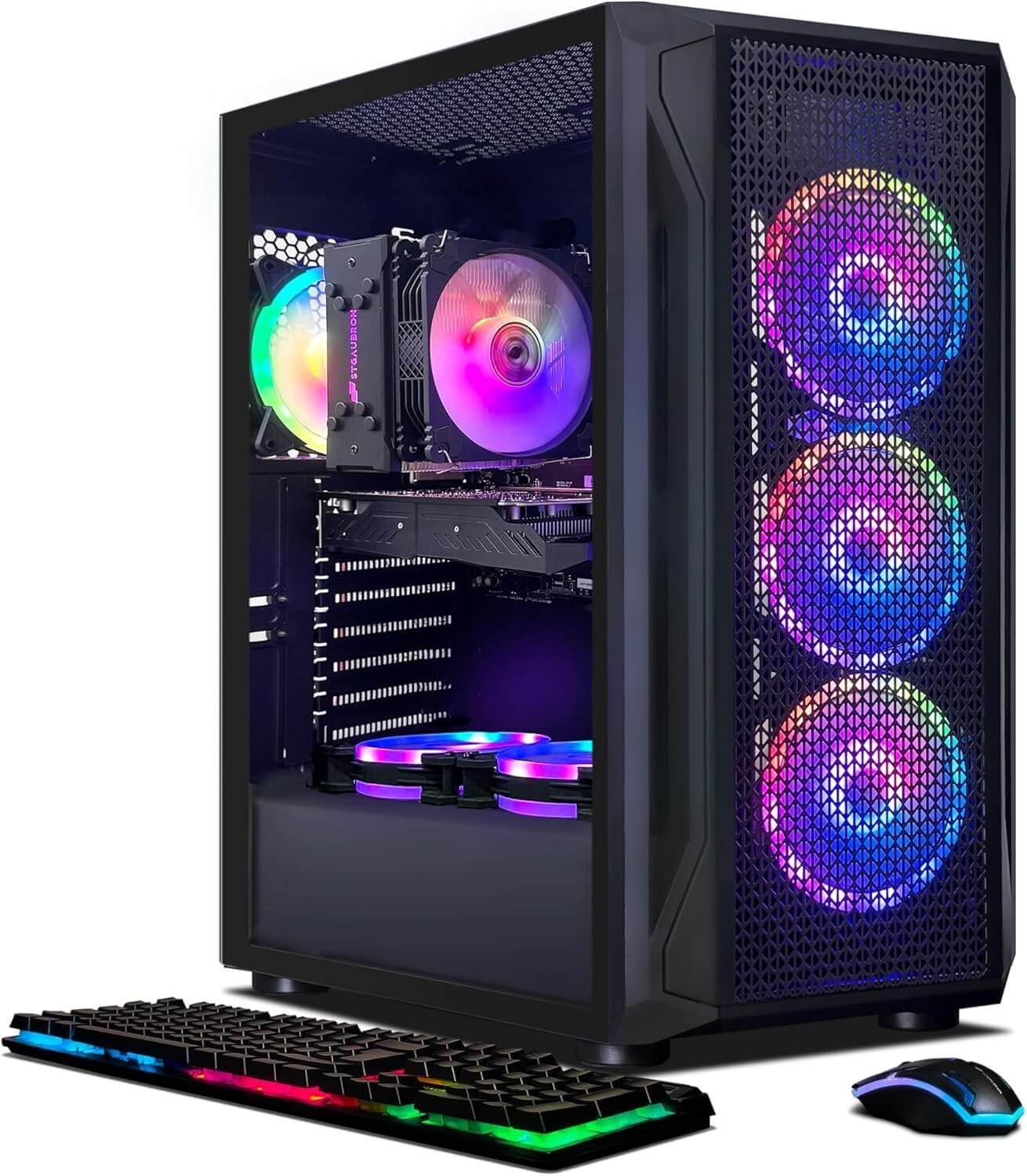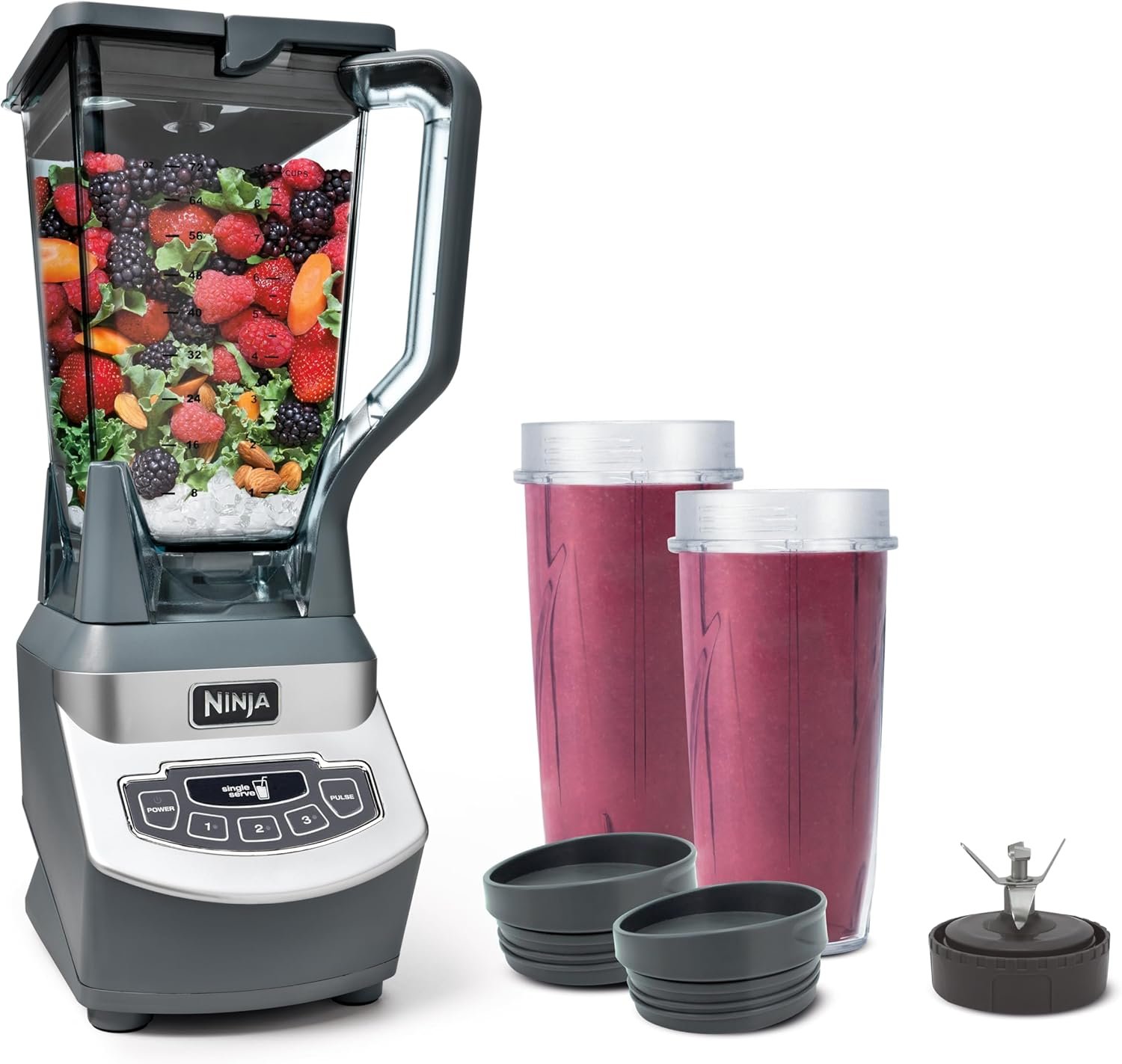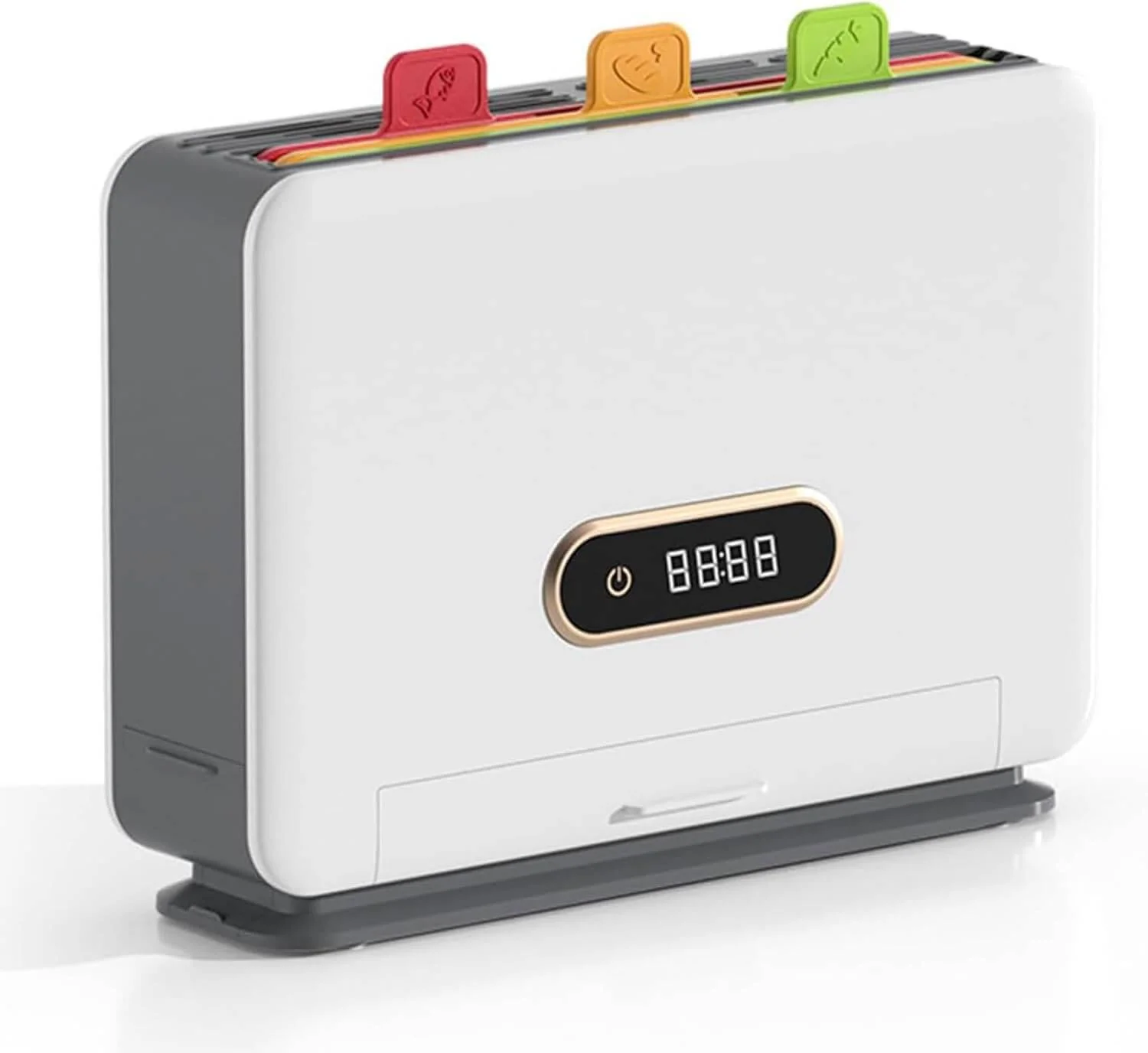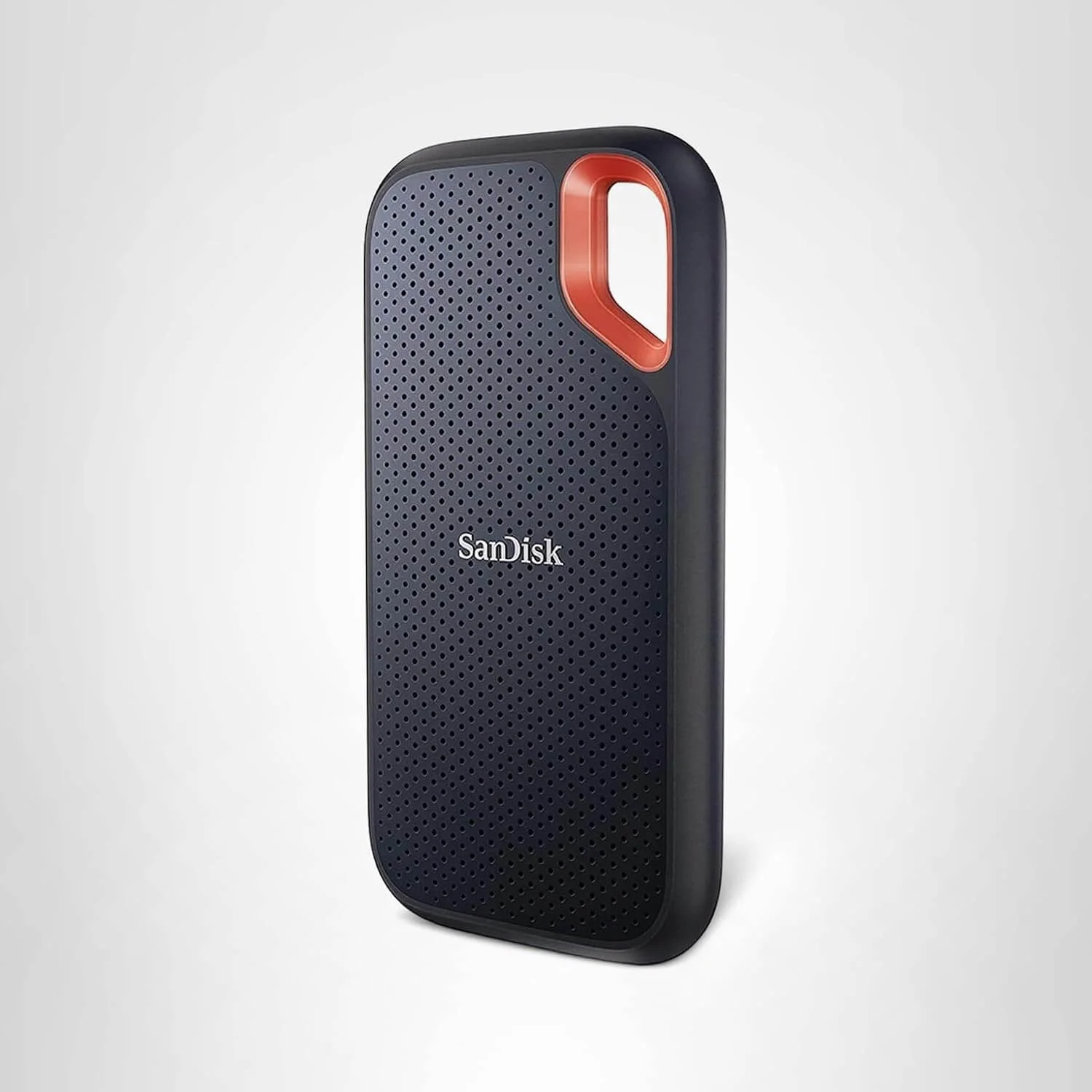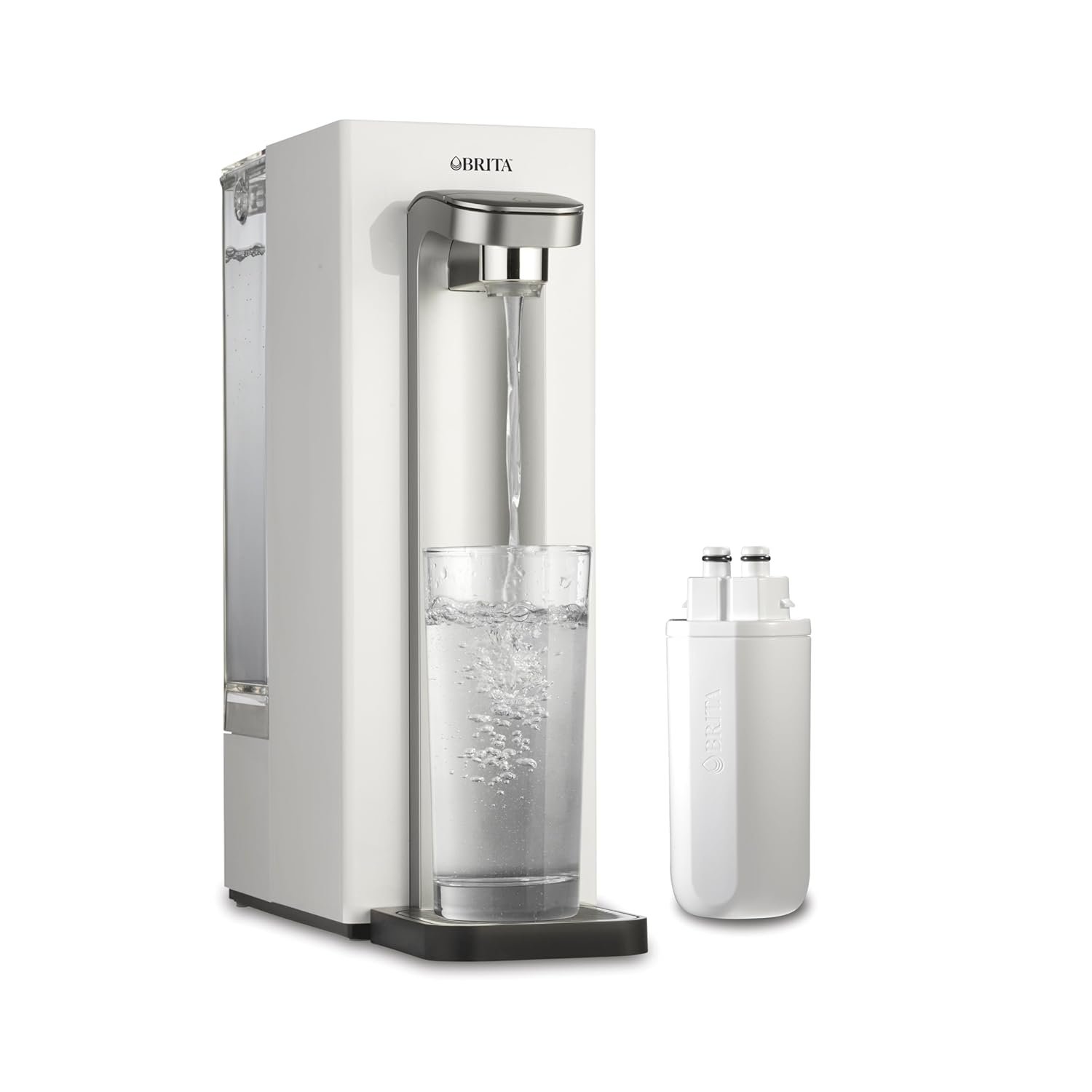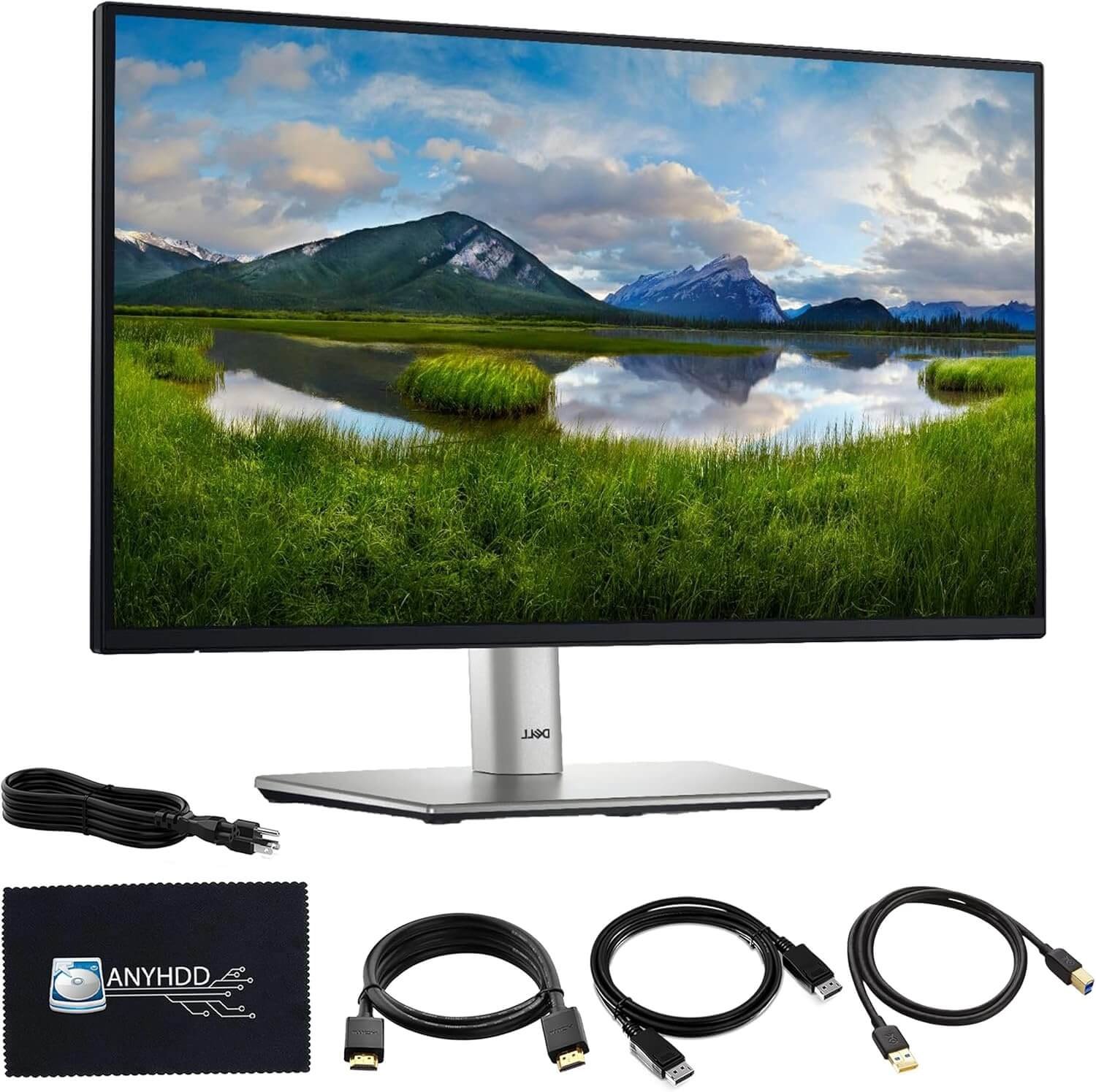Introduction to Pulse Oximeters
A fingertip pulse oximeter is a compact medical device designed to measure the oxygen saturation level in a person’s blood, as well as their heart rate. This device provides a non-invasive and quick method to obtain critical health information, which makes it a valuable tool in both clinical settings and for personal health monitoring. The device works by employing light sensors that detect how much oxygen is bound to hemoglobin in the blood. When the fingertip is placed into the device, it emits light beams, which pass through the skin and blood vessels. The light absorption varies depending on the level of oxygen, allowing the device to calculate the percentage of oxygen saturation.
The primary medical applications of fingertip pulse oximeters include the monitoring of patients with respiratory conditions such as chronic obstructive pulmonary disease (COPD), asthma, or pneumonia. Additionally, they are employed during surgeries and in critical care settings to ensure that patients maintain adequate blood oxygen levels. Beyond hospital use, they have gained popularity among individuals seeking to actively monitor their health, especially during activities that may affect oxygen levels, such as high-altitude sports or exercise.
In this age of health awareness, having a fingertip pulse oximeter blood oxygen saturation monitor facilitates proactive health management. It empowers individuals to regularly monitor their oxygen levels at home, thereby aiding in early detection of potential health issues. As the importance of oxygen saturation becomes increasingly acknowledged, understanding how a pulse oximeter functions and its applications can significantly contribute to better health outcomes for patients and individuals alike. The ability to easily and accurately check vital health metrics, such as oxygen saturation and heart rate, reinforces the device’s relevance in contemporary healthcare management.
Benefits of Using a Fingertip Pulse Oximeter
The fingertip pulse oximeter blood oxygen saturation monitor offers numerous benefits that make it an essential tool for both individuals and healthcare professionals. One of the primary advantages is its ability to facilitate early detection of health issues. Individuals can regularly monitor their oxygen saturation levels, which can be indicative of potential respiratory or cardiovascular problems. A sudden drop in blood oxygen levels may prompt timely medical intervention, potentially saving lives.
Furthermore, a fingertip pulse oximeter promotes convenience, particularly for home use. Unlike traditional methods that may require invasive procedures or complicated setups, this device is user-friendly, providing instant readings at the mere touch of a finger. This ease of use encourages individuals to incorporate regular monitoring into their routines without the need for constant visits to a medical facility. The portability of the device allows users to carry it anywhere, ensuring that they have access to their oxygen saturation data at all times.
Additionally, individuals managing chronic conditions such as COPD (Chronic Obstructive Pulmonary Disease) or asthma find significant value in utilizing a fingertip pulse oximeter. For these patients, tracking oxygen levels can help in recognizing flare-ups and adjusting medication accordingly. Implementing this device into daily health management routines can empower patients, providing them with critical information regarding their health status. With consistent monitoring, patients can engage in informed discussions with their healthcare providers, leading to better-targeted treatments and improved health outcomes.
Overall, the fingertip pulse oximeter blood oxygen saturation monitor serves as a vital instrument, enabling proactive health management and promoting awareness of one’s respiratory health. With its benefits including early detection of issues, convenience for home monitoring, and assistance for chronic condition management, it is highly advisable for individuals to consider adding this device to their health toolkit.
Key Features of the Fingertip Pulse Oximeter
The fingertip pulse oximeter blood oxygen saturation monitor is an essential device designed to provide quick and accurate measurements of blood oxygen levels. One of its most notable features is its ability to deliver fast SpO2 readings, typically within seconds of application. This rapid response time allows users to monitor their oxygen levels conveniently, ensuring timely information about their respiratory health.
In addition to SpO2 measurements, the fingertip pulse oximeter often incorporates heart rate monitoring capabilities. This feature enables users to keep track of their heart rate alongside their oxygen saturation levels, providing a more comprehensive overview of cardiovascular health. The combination of these two metrics is crucial for individuals with respiratory issues, athletes, or those undergoing surgical procedures, creating a multifaceted tool for health monitoring.
Furthermore, many fingertip pulse oximeters are equipped with an OLED screen display. This display not only shows the blood oxygen saturation percentage but also the pulse rate in a clear and easy-to-read format. The vibrant colors and high contrast of the OLED screen improve visibility in various lighting conditions, allowing users to check their readings effortlessly, regardless of their surroundings.
To enhance the overall user experience, a fingertip pulse oximeter usually comes with additional accessories. Commonly included are lanyards for easy carrying and AAA batteries to power the device. These thoughtful additions contribute to the convenience and portability of the monitor, making it an excellent option for at-home use or on-the-go health checks. Whether for personal use or professional settings, the combination of speed, accuracy, and user-friendly design makes the fingertip pulse oximeter an invaluable instrument for anyone monitoring their blood oxygen levels.
How to Use a Fingertip Pulse Oximeter Effectively
Using a fingertip pulse oximeter blood oxygen saturation monitor is a straightforward process that requires a few essential steps to ensure accurate readings. To begin, it is important to select a calm environment, as movement or noise can interfere with the device’s ability to obtain reliable data. Start by making sure your hands are warm, as cold fingers can lead to inaccurate measurements. If necessary, rub your fingers together or soak them in warm water.
Once your hands are prepared, locate the fingertip pulse oximeter. Open the device and gently press the clamp to insert a finger—typically the index finger is preferred. Ensure that the finger is inserted all the way into the sensor for the best results. It is crucial not to have any nail polish or artificial nails on the selected finger, as these can obstruct the infrared light that the oximeter uses to measure oxygen levels.
After positioning your finger correctly, allow the device a few moments to stabilize. Most fingertip pulse oximeters will provide a reading within a few seconds, displaying both the blood oxygen saturation percentage and the pulse rate. Remain still and avoid speaking during this time, as movement can result in erroneous data. It is recommended to check the readings a few times, especially if you are monitoring health conditions, to ensure consistency.
For best practices, regularly clean your oximeter according to the manufacturer’s instructions to maintain device accuracy and longevity. It is also advisable to keep a record of your readings, which can be beneficial for both personal monitoring and sharing with healthcare providers. Using a fingertip pulse oximeter constantly enables you to track your blood oxygen levels effectively and provide valuable insights into your overall health.
Real-Life Applications of Pulse Oximeters
The fingertip pulse oximeter blood oxygen saturation monitor has become an essential tool across various fields and scenarios. Primarily recognized for its role in healthcare, this device is notably beneficial for patients with respiratory conditions such as chronic obstructive pulmonary disease (COPD) and asthma. These individuals often experience fluctuations in their blood oxygen levels, thereby making regular monitoring vital. By using a fingertip pulse oximeter, patients can track their oxygen saturation levels from the comfort of their homes, allowing for timely interventions when readings drop below critical thresholds.
Apart from its medical applications, the fingertip pulse oximeter is invaluable for athletes who aim to optimize their performance and endurance. Endurance sports, such as running, cycling, or swimming, require a precise balance of oxygen intake and usage. By regularly monitoring their blood oxygen saturation levels, athletes can make informed decisions about their training regimens. For example, if an athlete observes a significant drop during intense workouts, it may indicate the need for a recovery phase or an adjustment in training intensity, ensuring they maintain peak performance.
Additionally, travelers venturing to high-altitude locations can benefit significantly from a fingertip pulse oximeter. As altitude increases, the oxygen availability in the air diminishes, which can lead to altitude sickness. By keeping an eye on their oxygen saturation levels, travelers can self-monitor their acclimatization process, and take necessary precautions if levels drop unexpectedly. Overall, the versatility of the fingertip pulse oximeter blood oxygen saturation monitor transcends traditional medical usage, making it an indispensable device for anyone keen on maintaining optimal health and performance across various circumstances.
Comparing Fingertip Pulse Oximeters with Other Monitoring Devices
In the realm of health monitoring, various devices serve different purposes, catering to specific needs of users. Among these, the fingertip pulse oximeter blood oxygen saturation monitor stands out due to its unique functionality. This device specializes in measuring blood oxygen levels and provides real-time data that is crucial for individuals with respiratory or cardiovascular conditions.
When comparing fingertip pulse oximeters with smartwatches, one key difference is the precision of oxygen saturation readings. While smartwatches may offer a wide range of health tracking features, including heart rate monitoring and activity tracking, they often lack the accuracy needed for blood oxygen measurements. A fingertip pulse oximeter provides a focused and calibrated reading of oxygen saturation, making it an indispensable tool for those requiring close monitoring of their respiratory health. This specificity is particularly beneficial for patients with chronic obstructive pulmonary disease (COPD) or other underlying respiratory issues.
Moreover, traditional blood pressure monitors, while essential for tracking cardiovascular health, do not measure blood oxygen levels at all. Fingertip pulse oximeters complement these devices, enabling users to obtain a comprehensive view of their overall health. The accurate and instantaneous feedback provided by fingertip pulse oximeters can empower users to take proactive measures, whether that involves seeking medical advice or adjusting their lifestyle based on their oxygen levels.
In essence, while other devices may provide a broader scope of health monitoring, the fingertip pulse oximeter blood oxygen saturation monitor excels in delivering precise and timely information regarding oxygen saturation. This specialized focus ensures that users can easily assess critical health metrics, making this device a vital component for health-conscious individuals and those managing specific health conditions.
Cost and Value of a Fingertip Pulse Oximeter
The fingertip pulse oximeter blood oxygen saturation monitor is an essential tool for individuals seeking to monitor their health conveniently and cost-effectively. These devices are generally available at price points that cater to various budgets, making them accessible to a wide range of consumers. Typically, a reliable fingertip pulse oximeter can be purchased for $20 to $50, with more advanced models costing slightly more. This affordability is particularly significant when one considers the health benefits provided by such a device.
Investing in a fingertip pulse oximeter is worthwhile due to its practical utility in monitoring blood oxygen levels and heart rate. For individuals with respiratory conditions such as asthma or COPD, having a personal monitor allows for real-time assessments of their oxygen saturation. This information is crucial, as it can lead to timely medical interventions, potentially preventing complications. Furthermore, fitness enthusiasts and athletes can benefit from tracking their oxygen levels during exercise, enabling them to optimize their training regimens.
The value of a fingertip pulse oximeter extends beyond mere functionality; it offers peace of mind. Regular monitoring of blood oxygen saturation allows users to identify potential health issues early on. The ability to measure and understand one’s physiological state promotes proactive health management, which can lead to better long-term outcomes. When compared to the costs of emergency medical visits and hospitalizations that could arise from unmonitored conditions, the initial investment in a fingertip pulse oximeter proves to be minimal.
In conclusion, the relatively low cost of a fingertip pulse oximeter blood oxygen saturation monitor aligns with the significant value it offers in health monitoring and management. The practicality, affordability, and accessibility of these devices create an essential health resource for individuals and families alike. Investing in one is a step towards better health awareness and preventive care.
Choosing the Right Fingertip Pulse Oximeter
When selecting a fingertip pulse oximeter blood oxygen saturation monitor, it is essential to consider various features that ensure accurate and reliable readings. One of the most critical factors is the accuracy of the device. Look for oximeters that undergo rigorous testing and validation against recognized standards. Typically, reputable manufacturers will provide information on the accuracy rate of their products, which should ideally be above 95% for reliable results.
Display quality is another significant aspect to examine. A clear and easy-to-read display is essential, particularly for individuals with vision impairments or those who may be using the device in varied lighting conditions. Devices that feature adjustable brightness or a multi-directional display can enhance usability for different environments. Moreover, oximeters with a color-coded display can assist users in quickly understanding their blood oxygen saturation levels.
Battery life also plays a vital role in the usability of a fingertip pulse oximeter. Many models operate on standard batteries, while others may offer rechargeable options. It is wise to choose a device that provides a long battery life to reduce the frequency of replacements or charging cycles. Look for oximeters that indicate low battery levels to prevent running out of power unexpectedly.
Finally, consider the comfort of the fingertip pulse oximeter. The fit of the device is important, especially for prolonged use. Oximeters designed with soft, ergonomic materials are more likely to provide a comfortable experience. Additionally, some models offer adjustable grips or come in different sizes to accommodate various finger shapes and sizes.
By paying attention to these essential features—accuracy, display quality, battery life, and comfort—potential buyers can confidently choose a fingertip pulse oximeter blood oxygen saturation monitor that meets their needs and enhances their health monitoring capabilities.
Conclusion: Making the Purchase
In recent times, the importance of monitoring blood oxygen levels has gained significant awareness, particularly in the context of overall health management. A fingertip pulse oximeter blood oxygen saturation monitor serves as a crucial tool for both individuals with pre-existing health conditions and those keen on maintaining optimal wellness. With its ease of use and quick readings, it empowers users to frequently check their oxygen saturation levels, leading to timely interventions if necessary.
The key advantages of using a fingertip pulse oximeter extend beyond mere convenience. For those managing chronic respiratory issues, such as asthma or COPD, regular monitoring enables them to maintain a clearer understanding of their condition and respond accordingly. This device can also be beneficial during exercise, allowing athletes and fitness enthusiasts to ensure that they are training within safe oxygen levels. In essence, a fingertip pulse oximeter acts as a preventative measure, enhancing personal health awareness and encouraging proactive health management.
Potential buyers should reflect on their specific health needs before making a purchase. Various models are available in the market today, each offering different features tailored to various requirements. Reading user reviews and seeking guidance from healthcare professionals can aid significantly in selecting the right monitor. As individuals become more aware of their blood oxygen levels, they are better equipped to take charge of their health—leading to enhanced well-being and reduced risk of complications related to low oxygen saturation.
Ultimately, investing in a fingertip pulse oximeter blood oxygen saturation monitor is a prudent decision for anyone looking to take their health seriously. The proactive management of oxygen levels not only builds confidence in personal health monitoring but also fosters a more informed approach to personal wellness.

